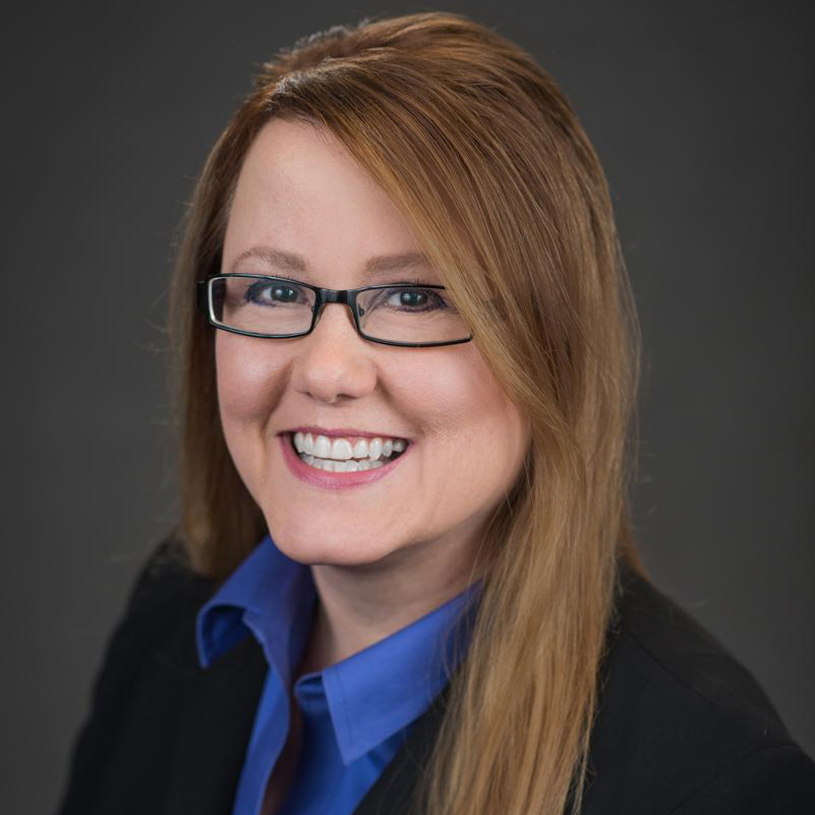
Bob Kramer, Ed Frauenheim, Paul Irving and Jacquelyn Kung, DrPH, MBA, wrote in a December Harvard Business Review article that hiring older and more experienced workers could be a big help in alleviating workforce challenges, particularly in long-term care.
And research by Preply suggests that if you want to attract older workers, you may need to clean up the language you use in your job postings.
The language-learning app and e-learning platform analyzed more than 21 million US job listings via LinkedIn in November to try to figure out the extent to which companies are using what it deemed to be ageist language in their recruitment efforts.
The study found 16 common age-discriminatory words and phrases being used across the 13 major US industries examined. “Fast-paced,” “innovative” and “dynamic” were the most common, followed by “active,” “proven experience,” “adaptable,” “high energy,” “young team,” “physical limits” and “cultural fit.”
The top state where ageist language was used, according to the research, was Texas. There, 65.3% of job ads contained one or more of the terms. The Lone Star State was followed by Washington (65.1%), New York (49.5%), Virginia (48.8%) and Louisiana (44.8%).
Rounding out the top 10 were Pennsylvania (35.7%), Ohio (35.1%), New Jersey (33.5%), North Carolina (32.4%) and Tennessee (31.1%).
“Overall, it seems that coastal and southern states use the most ageist teams in job adverts,” the company said.
Alaska and Delaware were the states where ageist terms were found the least in job ads, with both having a rate of 0.17%.
The general industry categories most likely to use ageist language in their job postings, according to Preply, were retail (38%), charity (30%), business (25%), real estate (23%), education (23%), IT (21%), marketing (21%), media (20%), tourism (19%) and human resources (18%).
In a Q&A published with the study results, Stephanie Lowrey-Willson, founder and executive director of the nonprofit Age On, said that awareness of ageism in the workplace has increased in recent years, and employers are showing a desire to tackle the issue.
“Five years ago, it was not something that people thought about, but now they are talking about it. Everybody ages, and it’s so important that we thrive at any age and any section in our life,” said Lowrey-Willson, who helped Preply with the study. “You know, life is hard enough. Let’s not make it harder just because of something that we can’t control.”
Battling ageism should be part of a company’s commitment to diversity, equity and inclusion, she said. Maintaining that commitment, once established, is a three-step process for companies, Lowrey-Willson said:
- Review the hiring process to ensure that it isn’t biased.
- Train employees so everyone is on the same page.
- Look for gaps that might exist on an organizational level, management level and team level, so that everyone feels included.
And if employees feel included, they’re more likely to stay. That’s a win for employers and employees.
Lois A. Bowers is the editor of McKnight’s Senior Living. Read her other columns here.

